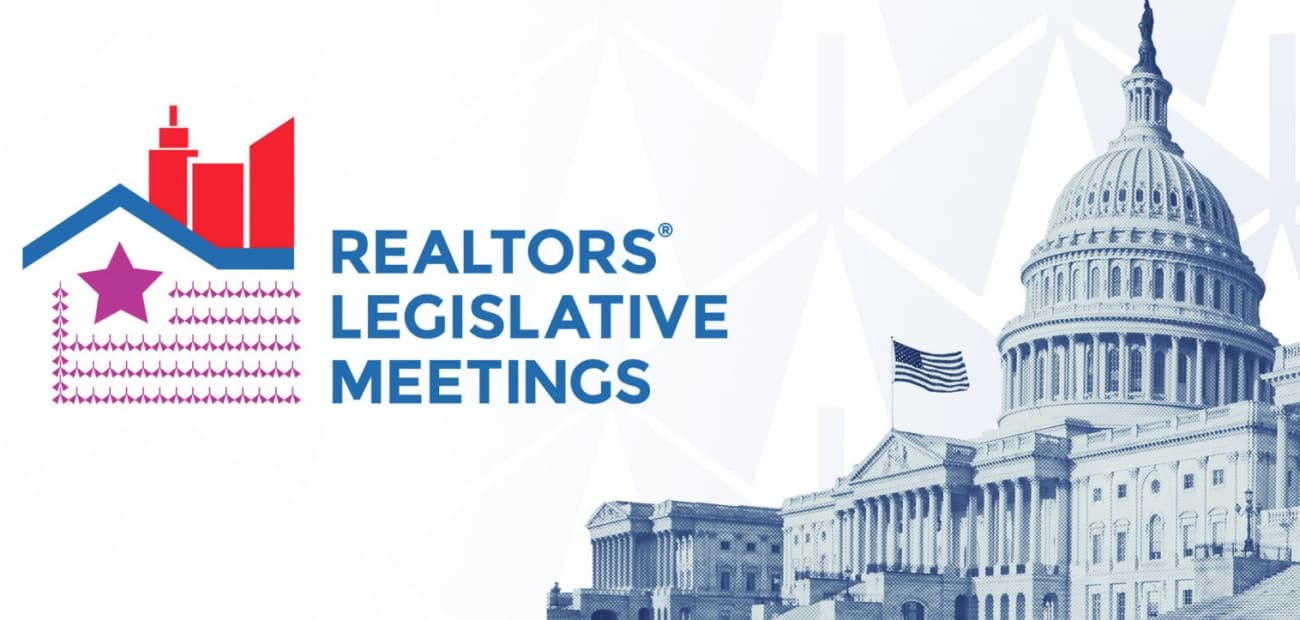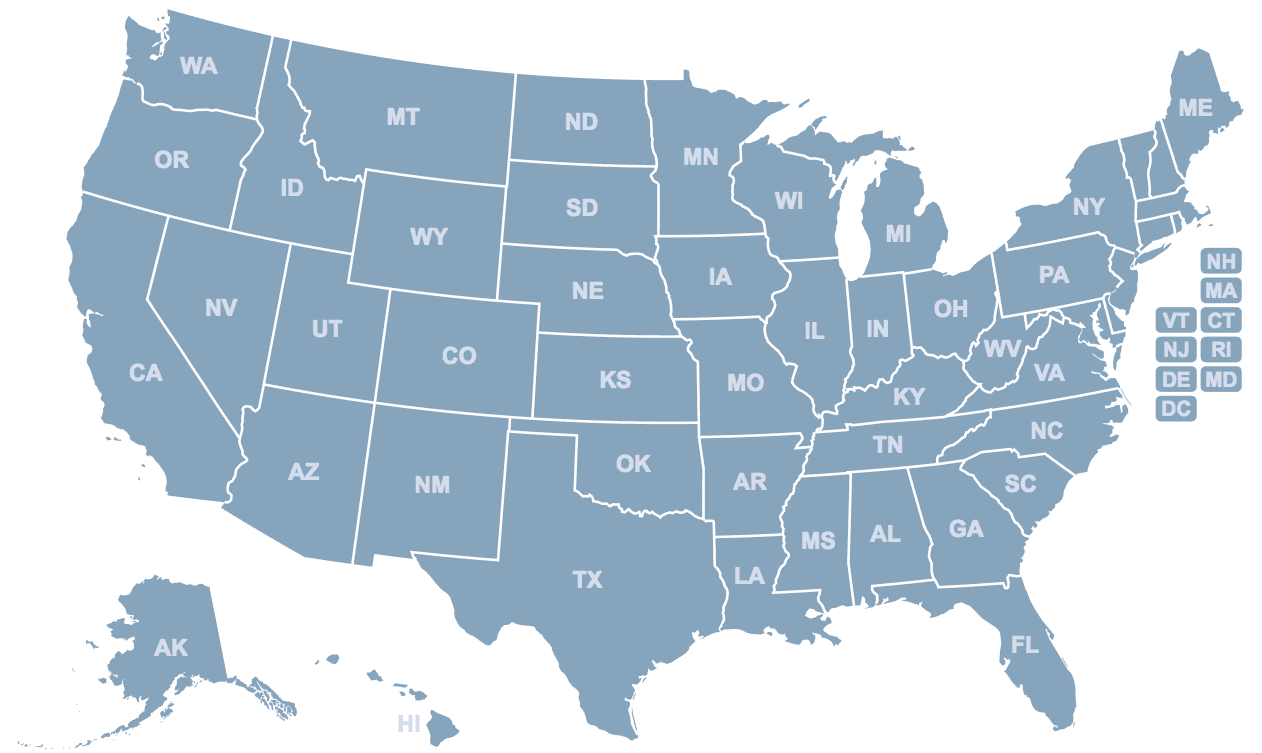
NAR Legislative Priorities
Protecting Rights. Expanding Access. Building Prosperity.
NAR 2025 Legislative Priorities
Download One-Pager on Legislative Prioritiespdf
Today’s Real Estate Market: Quick Facts
- Considering the historical average level of housing construction and the 14 years of underproduction, our country still lacks 4.7 million homes.
- Middle-income buyers are feeling the inventory shortage the most. About 420,000 listings in the price range of $260,000 and under are missing from the market.
- Homeownership greatly enhances family net worth. Homeowners have 40 times the net worth of renters. Home equity and retirement accounts represent over 60% of households’ net worth.
- In the last decade, the typical homeowner has accumulated more than $195,000 in wealth due to price appreciation alone.
- Real estate represents 18.3% of U.S. GDP. Each home sale produces $125,310 in local economic activity and generates two jobs.
- In 2024, state and local governments collected more than $797 billion in property tax revenue. Property taxes accounted for 38% of state and local tax receipts.
- Real estate professionals are vital to thriving communities. 88% of REALTORS® are independent contractors at their firms and 65% are women, using their professional expertise to help consumers navigate the intricacies of real estate transactions.
Voters Back Real Estate Provisions In Tax Reform, NAR Survey Finds
In a new national survey commissioned by the National Association of REALTORS®, Americans strongly support provisions critical to the real estate economy and homeownership in the Tax Cuts and Jobs Act (TCJA).
Fully 76% of voters are aware of efforts to extend the 2017 tax reform law, and of that group, 65% supported the measure when told of the individual elements of the law set to expire.
The national survey of 1,000 registered voters was conducted by Public Opinion Strategies and Hart Research April 3-6, 2025, and has a margin of error of 3.10%.
Capital Gains Fiscal Cliff Will Affect Homeowners
Two new studies commissioned by the National Association of REALTORS® reveal that A Capital Gains Tax Cliff Is Coming That Will Hit Middle-Class Homeowners Hard. The studies uncover the urgent need to modernize the federal capital gains exclusion for the sale of a primary residence—an outdated policy that’s increasingly locking up the housing market and discouraging mobility.
Homeowners are facing a looming tax penalty simply for staying in their homes too long. The federal capital gains exclusion—capped at $250K for single filers and $500K for married couples—has never been adjusted for inflation. These outdated thresholds are already distorting the housing market and locking up inventory, and it is getting worse every year.
Join the Bipartisan Real Estate Caucus, chaired by Representatives Mark Alford (R-MO), J. Luis Correa (D-CA), Tracey Mann (R-KS), and Brittany Pettersen (D-CO).











